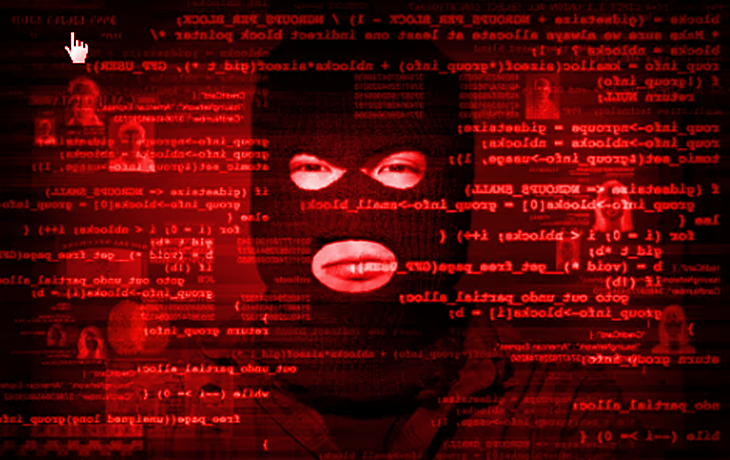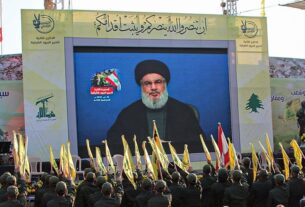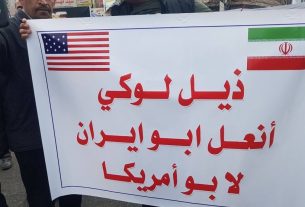Wed 24 Apr 2019:
Global terror groups are relying on the power of online networks to drive discussions and shape opinions – often without any inkling of their real motives.
Last year, Facebook’s failure to combat violence-filled content came into sharp focus in Sri Lanka, when extremist Buddhist monks used many Sinhalese-language Facebook groups to incite violence against the country’s Muslim minority . The online tensions spilled onto the roads, as mobs went on a rampage, burning scores of Muslim homes and shops.
A local crime became the pretext for this large-scale violence. Prior to the monks calling for revenge, a scuffle had broken out between a Buddhist truck driver and a few Muslim men, in which the former was killed.
The tiny island state of 22 million people is a Buddhist-majority country. Muslims, who make up nine percent of the population, have lived in relative peace except for experiencing a few bouts of violence like the one last year.
But after the deadly Sunday attack, blamed on a fringe radical group with potential ties to Daesh, there are concerns that social media apps might have been used to brainwash young Sri Lankans.
“Most of the terrorists we have interviewed had an exposure to extreme content, which comes from social media,” says Dr Rohan Gunaratna, professor of security studies at RSIS, a Singapore-based school of international affairs.
“It is the principal reason behind radicalism. The social media companies must be held accountable and company executives should be fined or imprisoned if they allow their platforms to be used for terrorism.”
While Sri Lankan authorities are still investigating the multiple bombings in which more than 300 people have been killed, experts say they won’t be surprised to see the usage of technology such as social and messaging apps in coordinating the attacks.
Members of the National Thowheeth Jama’ath, the local radical group blamed for the attacks, had used Youtube and Twitter to spread hardline content.
Bangladesh police said in 2017 that a survey of 250 jailed militants showed that 82 percent of them had been radicalised on social media.
For Sri Lankan authorities, a possible link between local groups and tech-savvy members of Daesh, the terror group responsible for several bombings around the world, is concerning.
After much denial, Colombo was forced to acknowledge that more than 30 Sri Lankans might have travelled to Syria to fight for Daesh.
In 2015, news emerged that a Sri Lankan karate instructor, Mohamed Muhsin Sharhaz Nilam, was killed in US-led coalition airstrikes in Raqqa.
Nilam wrote regular Facebook posts, conveying Daesh’s messages and eulogising fallen comrades. Some of them were ‘liked’ by people on his network back home.
Nathaniel L Moir, a security analyst who has worked for the United States army, says Daesh exploits domestic politics and religious differences to find recruits.
“What’s really troubling is that it does not necessarily use radical Wahabi ideology to put across its message. It instigates young people by taking up local social problems,” he tells TRT World.
While Muslims in Sri Lanka have not suffered like other minorities such as the Tamils, they have complained of victimisation on the hands of Sinhala groups such as Bodu Bala Sena (BBS) also known as the Buddhist Power Force.
Daesh exploits these grievances often in vulnerable and devout individuals. “It becomes easy for them to manipulate someone really devoted to a cause. For instance, a young man who is lonely and not getting along with his family,” says Moir.
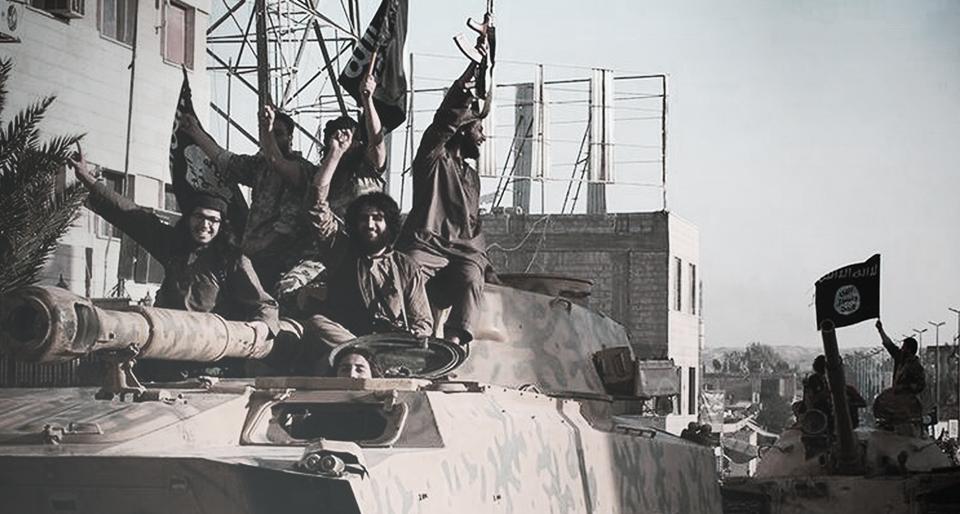
Platforms like Facebook and Youtube use powerful algorithms to bring content to users that might interest them. This invariably lead people who think alike to group together and share each other’s posts or videos.
“That’s really the key here. These apps take them to specific channels and then give more of similar information,” says Moir, indicating a practice in which social media companies push whatever content that keep users on the site longest.
Like attracts like. The more the likes, the more the rush to post a comment or content that resonates with the group of likeminded people. That has made the job of countering such content even harder.
“It’s no longer a war of any one country or region,” says Dr Ajit Singh, a South Asia security expert at New Delhi-based Institute for Conflict Management.
“All it takes is 500 WhatsApp messages to ignite things now.”
Even though the number of terrorist attacks and fatalities has come down over the years, Singh says, the danger of a spike remains especially as people get so much information and propaganda without filters.
And in the age of social media and amid a war of varying narratives this could easily lead to further divide and hatred, experts say.
“The audience for these attacks was not Sri Lankan people. It was my mom in New York and other people in the United States. They’d see this as an Easter attack on a Christian church,” says Moir.
“So really it doesn’t matter if it’s Colombo or Lahore.”
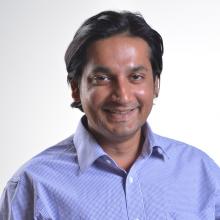
The statements, views and opinions expressed in this column are solely those of
the author and do not necessarily represent those of Media Revive Network.
Think your friends would be interested? Share this story!


